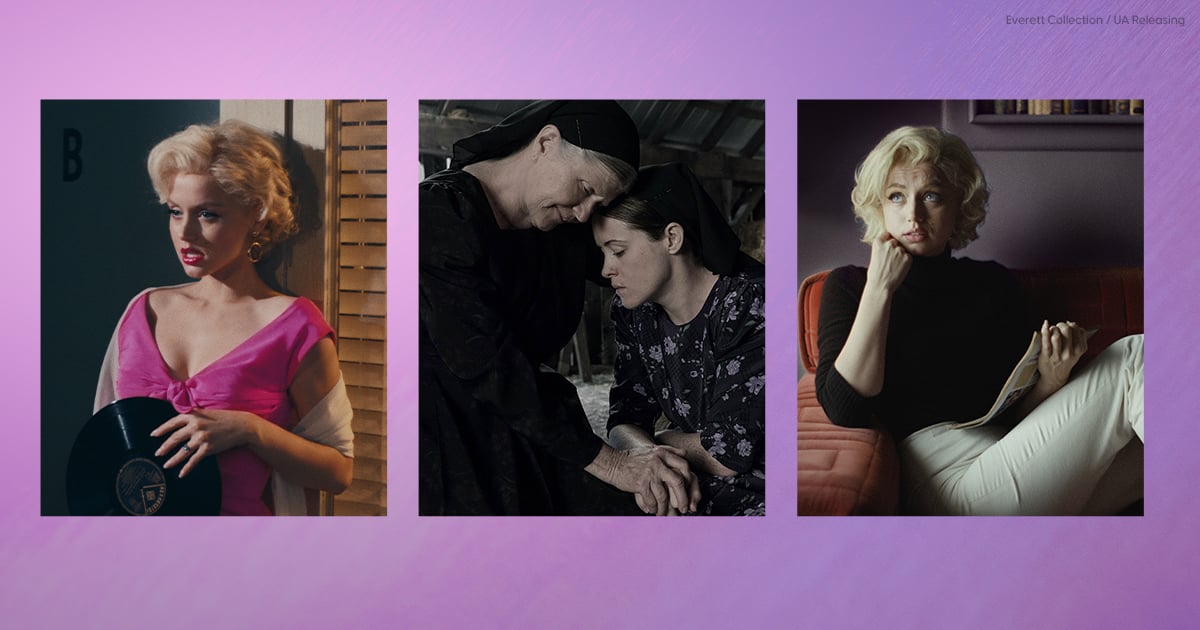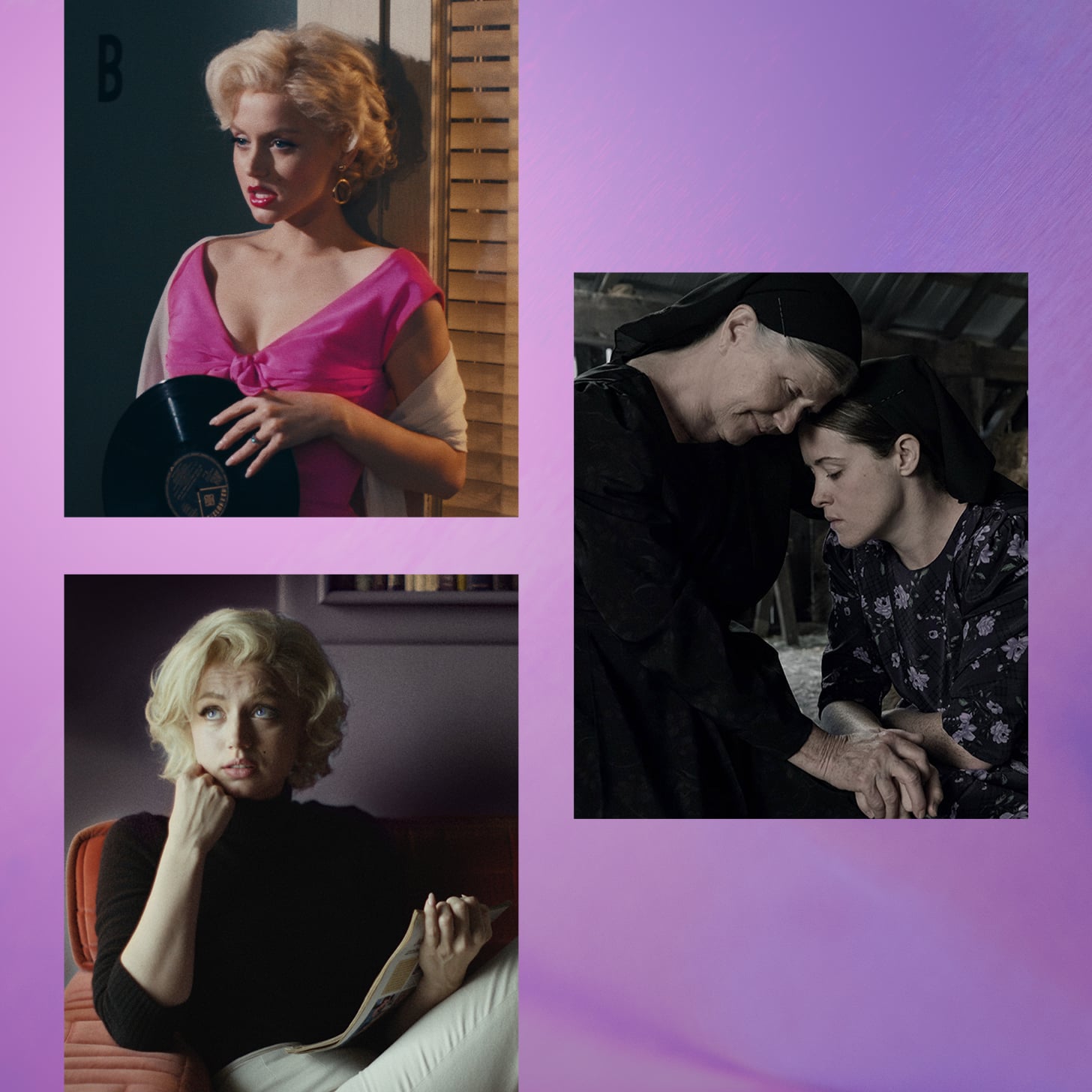Women-Directed Films Prove You Can Depict Sexual Violence Without Torture Porn


Content warning: The following essay discusses sexual assault at length.
I’ve only walked out on a handful of movies in my life. When I decided to leave my cushy velvet seat at an intimate cinema in the summer of 2019, it was because I couldn’t stand to sit through another minute of Quentin Tarantino‘s “Once Upon a Time… in Hollywood.” And it wasn’t until I watched Andrew Dominik’s “Blonde” a whole pandemic later that I realized what it was that irked me so much about these movies: I’m so g*ddamn tired of Hollywood’s obsession with torture porn.
As everyone ramps up for the Oscars on March 12, it’s worth taking a deeper look at this infatuation with graphic sexual violence, and how films like “Women Talking” and “The Woman King” seem to directly challenge its usefulness in storytelling. Because while the #MeToo movement has managed to carve out space to address the systemic sexism in Hollywood, we are still seeing stories of sexual abuse through the male gaze. Which is why works like “Women Talking” and “The Woman King” — directed by Sarah Polley and Gina Prince-Bythewood, respectively — deserve far more attention than they’ve gotten so far.
“Women Talking,” inspired by real events, follows a group of women in a Mennonite colony who are making the decision to stay, fight, or leave after a series of sexual assaults are committed by the men in their religious community. The story centers on eight women who have been tasked with deciding how to react to these attacks on behalf of the other women in the colony. But they only have 48 hours to make their choice before the men return with the rapists after posting their bail. Do they make peace with the fact that they were drugged and raped in their sleep? Do they physically fight the men? Or do they leave before the men return, ultimately starting a new life without them?
What stands out about the film is that we never witness the unspeakable trauma that the women are tormented with, but instead are shown quick glimpses of the aftermath. So while the backstory could be a horror movie, the film doesn’t rely on the men’s violence to drive the narrative; instead, it trusts the women to speak for themselves. The all-star cast, which includes Frances McDormand, Claire Foy, Jessie Buckley, and Rooney Mara, does a phenomenal job at balancing dark content with the breath of fresh air that comes with hearing women speak her minds.
Similarly, Prince-Bythewood’s “The Woman King” has a subplot that shows the trauma of rape without relying on graphic scenes of the sexual violence that’s been committed. Set in the 19th century, the action-drama centers on Nanisca, played by Viola Davis, who is a general from a real-life, women-only West African warrior regiment of the Dahomey Kingdom, known as the Agojie. The historical accuracy doesn’t ignore that rape is a disturbing tradition of war, and it’s soon revealed that Nanisca became pregnant while imprisoned by enemy soldiers as a young warrior. Instead of showing her being brutally raped by her captors, the violence is alluded to in brief flashbacks. It’s through Davis’s impressive acting skills that you witness Nanisca battle her internal demons while navigating external threats to her kingdom.
Both films are in sharp contrast to Oscar contender “Blonde,” which purportedly portrays Marilyn Monroe’s torture via the entertainment industry, but instead that’s all we see: her exploitation at the hands of men. Within the first 30 minutes of the film, viewers watch as Marilyn is raped by a casting director — and it’s only the first of many rape scenes throughout the film. Ana de Armas is nominated for best actress for her portrayal of Marilyn, and despite her impressive character work, the performance remains two-dimensional under Dominik’s directorial choices.
“I remember telling Andrew when we met after I’d read the script that it felt like a horror movie to me,” de Armas told The Hollywood Reporter. But maybe that was his point all along, to take a historic sex icon and whittle her away through graphic violence and multiple traumatic abortion sequences. It all feels like punishment for her sexual (or sexualized) nature.
And it doesn’t look like the industry is slowing down on projects like these. “The Idol,” though not a movie, seems to fall under a similar category: torture porn with a big production budget. While the Sam Levinson-directed HBO show has yet to be released, Rolling Stone recently published a report in which 13 sources depicted it as a “rape fantasy.” Originally pitched as a “show about a woman who was finding herself sexually,” a production member said that it has since “turned into a show about a man who gets to abuse this woman and she loves it.” Another production source put it simply: “It was like sexual torture porn.”
Between “Blonde” and “The Idol” and previous Oscar-winners like “Once Upon a Time… in Hollywood” — in which “women are either silent or reduced to bloody pulp,” as The Guardian noted — it shouldn’t come as a surprise that male directors continue to receive millions of dollars to support these projects. But what’s brilliant about “Women Talking” and “The Woman King” is that they prove it’s possible to tell a story centered around sexual violence without reducing it to torture porn. Still, Polley is the only woman director within the group of 10 films nominated for best picture.
“The Woman King” received zero Oscar nominations, to the dismay of audiences and Prince-Bythewood, who told People of the Oscars snub, “I’ll never get over it, because what happened was egregious and . . . it speaks to such a bigger issue in our industry.”
“I’ve gotten so many texts and emails from people in the industry outraged by the Oscar nominations. Of course I’m disappointed. Who wouldn’t be?” Prince-Bythewood continued. “Especially because there was so much love for our film.” Despite not receiving the recognition it deserves, it’s clear that it has made a cultural impact with “groundbreaking and historic” global box-office numbers.
And while “Women Talking” will be recognized for its two nominations at the 2023 Academy Awards, the film has yet to receive the same attention as its counterparts. “Blonde” hit Netflix in late September, giving it plenty of time to circulate through popular discourse. Now that “Women Talking” is available to stream on Amazon Prime this week, I hope widespread positive reception will show Hollywood that you don’t need to destroy a woman on screen to have commercial value — but I’m not holding my breath.
[ad_2]
Share this news on your Fb,Twitter and Whatsapp
Times News Network:Latest News Headlines
Times News Network||Health||New York||USA News||Technology||World News